![[Limited 17% OFF] Paganini - Concerto No.1 in D Major & Brahms symphony no.3 Concert](https://static.247tickets.com/o_1gq182onp4n1t0seke8kv5pvn.jpg?imageView2/1/w/600/h/860/format/jpg)
[Limited 17% OFF] Paganini - Concerto No.1 in D Major & Brahms symphony no.3 Concert
![[Limited 17% OFF] Paganini - Concerto No.1 in D Major & Brahms symphony no.3 Concert](https://static.247tickets.com/o_1gq182onp4n1t0seke8kv5pvn.jpg?imageView2/1/w/600/h/860/format/jpg)
[Limited 17% OFF] Paganini - Concerto No.1 in D Major & Brahms symphony no.3 Concert
Event details
👉 Collect Paper Ticket @Venue : use 247tickets+name+phone to get your ticket from ticket booth of Concert Hall within 60mins before the conert
👉 Each Attendee Requires A Ticket
👉 No Cancellation
In 2022, he set new heights in the Paganini uninterrupted 24-movement industry, and a month later, he once again challenged the challenge with seven "unaccompanied violin sonatas" by the "great champion of the violin world", Isai, to show the audience in the capital what a "violin ceiling" is.
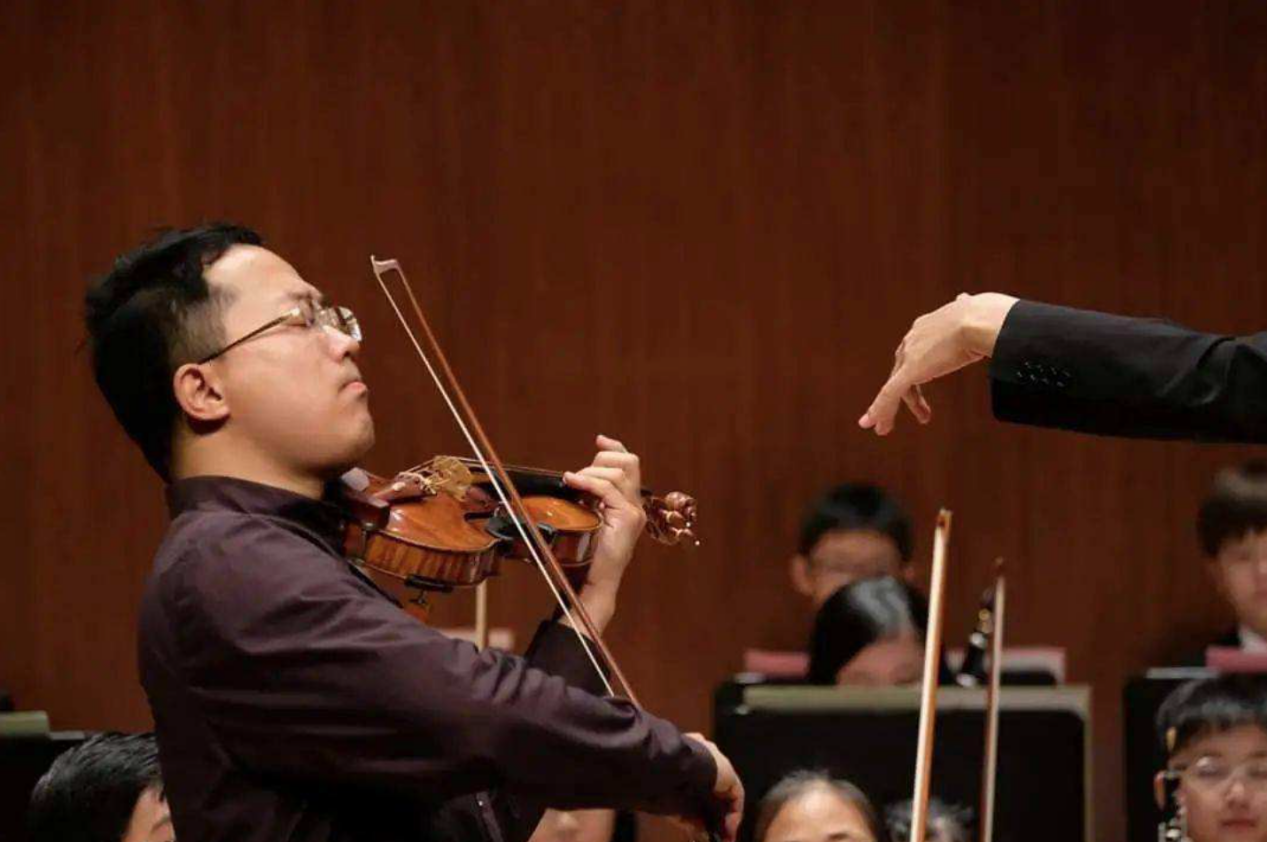
Yang Xiaoyu, a "rare" violinist, will join forces with national conductor Fan Tao and the Philharmonia Orchestra to present a breathtaking musical feast at the Beijing Concert Hall on 14 April.
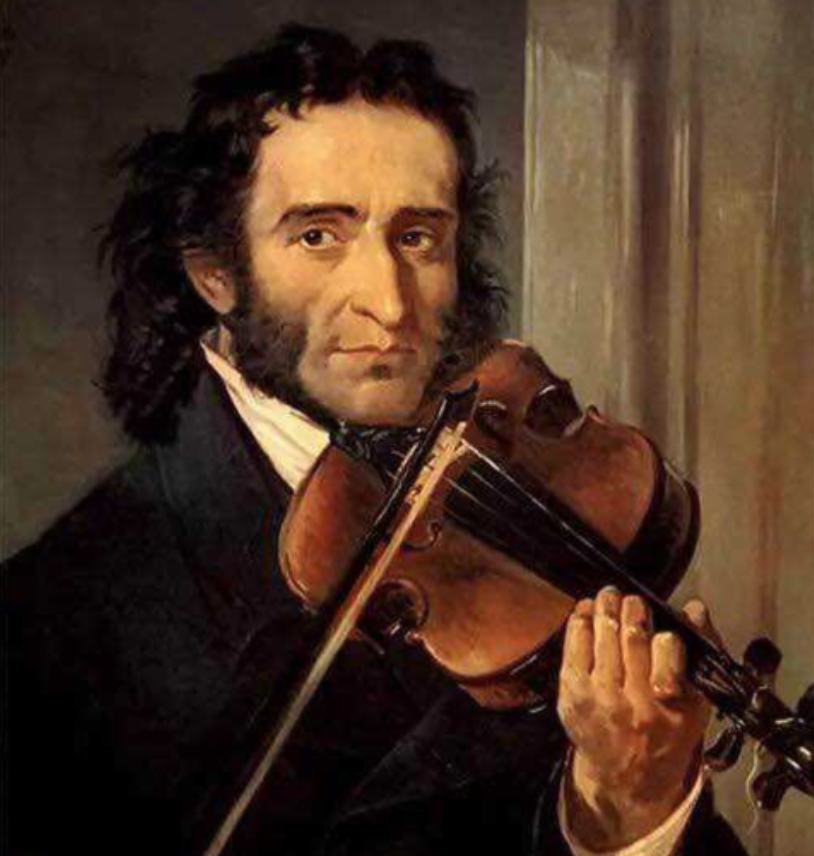
Description of the repertoire
The Violin Concerto No. 1 in D major was written in 1811 by the Italian composer Niccolò Paganini, who was known as a violin genius. The author wrote a dozen pieces for violin with orchestra, including at least six violin concertos, but only two have been published in print, and only the first movement of the Violin Concerto No. 1 in D major and the third movement of the Violin Concerto No. 2 in b minor (Bell La Campanella) are still commonly performed. The first concerto was originally written in E flat major, but in order to make it less difficult for the violin to play and to give it a special effect, the instrument was tuned up a semitone and scored in D major, as if it were a transposed instrument. And both the orchestra and the lead violin are generally played in D major. This is a fine concerto in the style of a great master, full of Italian folk music and with a melody as beautiful as a song, making full use of Paganini's difficult technique of diatonic overtones or skipping bows. The music itself is not particularly profound, however, with no complex harmonies and a very simple form.
The whole piece is in three movements.
The first movement, a stately Allegro in D major, in 4/4 time, in sonata form. The music is magnificent and varied, leaving the listener with no sense of weariness. Immediately after the orchestral prelude, the lead violin presents a light, lively theme. Thereafter the violin's various techniques are put to good use, drawing the listener into a romantic and dreamy realm. This movement is magnificent in scale and the lead violin is so gorgeous and ethereal that it is often put forward for solo performance.
Second movement, expressive adagio in B minor, 4/4 time, in three parts. Beginning with chords presented by the orchestra in a sustained strong and powerful manner, the music is very lively and exciting. After the orchestral silence, the lead violin plays a passionate and deep melody like a small lyric. This is followed by another strong chord from the orchestra, which leads directly into the third movement.
The third movement, a spirited Allegro in D major, in 2/4 time, in iambic pentameter, features a light and witty theme for the principal violin, with a leaping, staccato style that was rare in violin works of the time. The movement is characterised by a variety of complex and flamboyant violin techniques, and ends with an orchestral flourish.
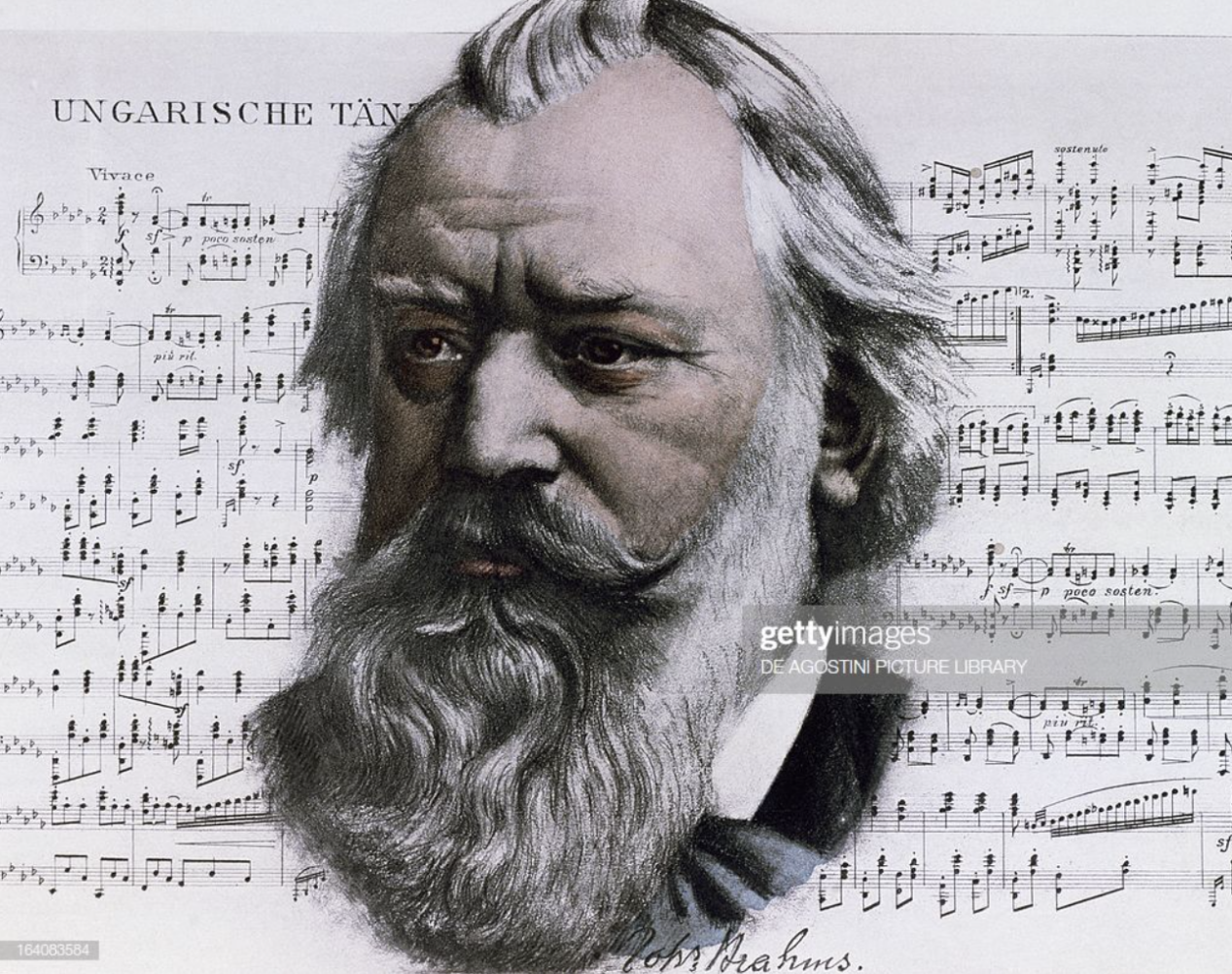
The Third Symphony was born when Brahms was in his dotage, "leaning against the Wiesbaden summer, with a view of the Rhine and the freshness of the Black Forest swirling around him". He excelled in woodwind, sketching his own reserve and delicacy. The Third Symphony, like the First and Fourth, is always full of 'reflective doubt'. The tangled undercurrents eventually find their own way into the warmth of light. The timpani gently sits by as the submerged surges cover their reef-cracked wounds and run forward unperturbed; the mountains are at the top. By the time the coda falls into a subdued calm, the mind is clear and the sunset colours transparent.
Brahms's symphony, with its graphic portrayal of strength of will, perseverance, dreamy solitude and lonely quest, reveals Brahms himself, and with it the characteristics of his compositions: rugged swirling; powerful rhythms; soft orchestral colours; wind instruments mixed with strings in the lower register, etc.
The first movement, a lively Allegro, is written in sonata form. The music begins with the winds playing the three-note motive "F-bA-F", which Brahms described as a "cautionary tale" to express "free and joyful". This motive is present throughout the first movement and can be seen whenever the music reaches its most important turning point, with variations in melody, rhythm and harmony, and can be found before the second theme, in the finale and before the transition to the unfolding section, at the end of the unfolding section, etc. It also reappears in the final fourth movement. For each of these three notes, a full chord is used to set them off, in order to make the "warning" more solemn and striking.
The second movement, in allegro, is written in the three-part A-B-A form, but with a sonata development. In terms of musical expression, the quiet elements of the first movement are partially inherited.
The A-part theme is played expressively and purely by the clarinet together with the tuba and French horn like a four-part chorus, with organ effects and a sublime, sacred air. The theme is indeed elegant and pure, yet somewhat akin to a lullaby, and is later continued with strings, largely developed in a free variation and very engaging manner.
The emergence of the B theme is contrasting, featuring the triplet rhythm that foreshadows the important role played in the fourth movement of the symphony. Here it is tonally subdued and mournful, without much further development. Of course, the B section is also combined with the A theme, and the A theme is fully developed here, and this sonata-like development, even if only a little, tends to complicate the work by making the musical expression ambivalent and combative in nature.
The third movement, lyrical in the medium tempo and more free in tempo, is written in three-part form. It replaces the brisk harmonic style of the third movement of Beethoven's symphony. Brahms tried to avoid the harmonic in the third movement of the symphony, taking it too seriously; the demonic, irresistible harmonic is the epitome of classical symphonic art, and to treat it lightly would be to write a flashy sound game.
The fourth movement, the dramatic Allegro movement, written in sonata form, is almost a third of the length of the piece, and the musical tension reaches its climax, thus forming the climax of the entire symphony, which vividly illustrates the heroic character of the storm. Although Brahms strove to revive classical music, seeking to represent modern things in the manner of the classical masters, he gave his own unique treatment to the fourth movement of the symphony. While he attaches importance to the contradictions of the first movement, he also uses the fourth movement as a site of dramatic conflict, as if the fateful struggle of life were always going on and never ending.
Guest performer: Yang Xiaoyu
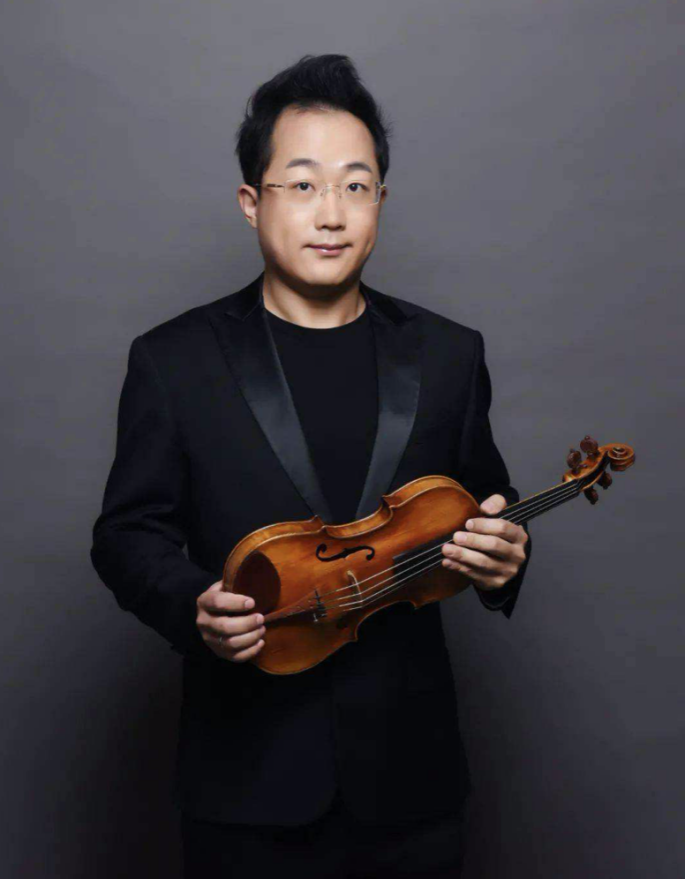
Principal of the National Centre for the Performing Arts Orchestra
Born in October 1986 in a musical family in Harbin, Yang has been a keen student of music since childhood and has shown great musical talent, studying piano and violin with his grandfather and mother since the age of four.
In 1997, Yang Xiaoyu was admitted to the Central Conservatory of Music Primary School with the first prize in the country. He has studied with teachers Sui Keqiang and Xu Lv. In 1998, he was taken up by Professor Lin Yaoji, an internationally renowned violin educator, and improved greatly under his tutelage.
In 1999, he won the first prize in the Junior Division of the Central Conservatory of Music Violin Sonata Competition.
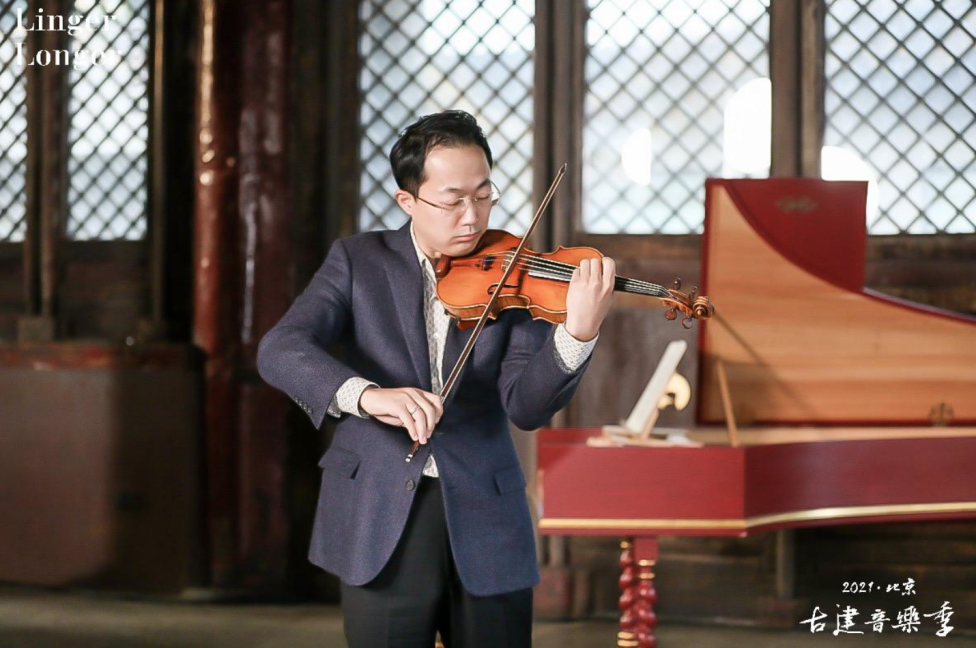
In March 2001, he won the first prize in the Junior Division of the National International Competition Auditions.
In May 2001, Yang was invited by the Seoul University Conservatory of Music in Korea to give a violin recital during a master class given by Professor Lim Yeo-ki, which was a great success.
In August 2001, he performed with the Xiamen Philharmonic Orchestra (conducted by Zheng Xiaoying) in Xiamen, China, in the Khachaturian Concerto and the Spanish Symphony by "Lalo". At the age of fourteen, he performed the youngest concerto in a special concert.
In September 2001, he won the championship in the junior category of the 7th National Professional Violin Competition and was awarded the prize for the best performance of a Chinese work.
In July 2002, he was invited by the Tianjin Symphony Orchestra to perform with a Dutch-Chinese conductor with great success.
In December 2002, he successfully collaborated with conductor Li Xincho of the China Symphony Orchestra. He went to Singapore to perform in the Outstanding Young Persons Concert, was invited by the Ministry of Culture to perform in the Festival of Arts in France, and collaborated with Hong Kong conductors Dr. Yip Wai Hong and Yip Wing To. In a series of concerts, Yang Xiaoyu has a precise grasp of the style of the works, and his playing creates the most outstanding results.
In 2003, Yang Xiaoyu studied abroad, successively at the master classes of the Vienna State Conservatory, Switzerland, the Zurich Conservatory and now at the Salzburg Conservatory in Austria. She has studied with Dora Schwarzenberg, Zzchar Bron and Ruggierro Ricci. He is currently pursuing further studies with Lgor Ozim. He has been greatly assisted by the famous European oil painter Karrer.
After hearing Yang Xiaoyu's performance, the chairman of the international jury in Spohr, Germany, considered him to be an incomparable talent. Maxim Wengerov gave Yang Xiaoyu high praise for his technical mastery and outstanding tone after hearing him play.
FAN TAO | Conductor
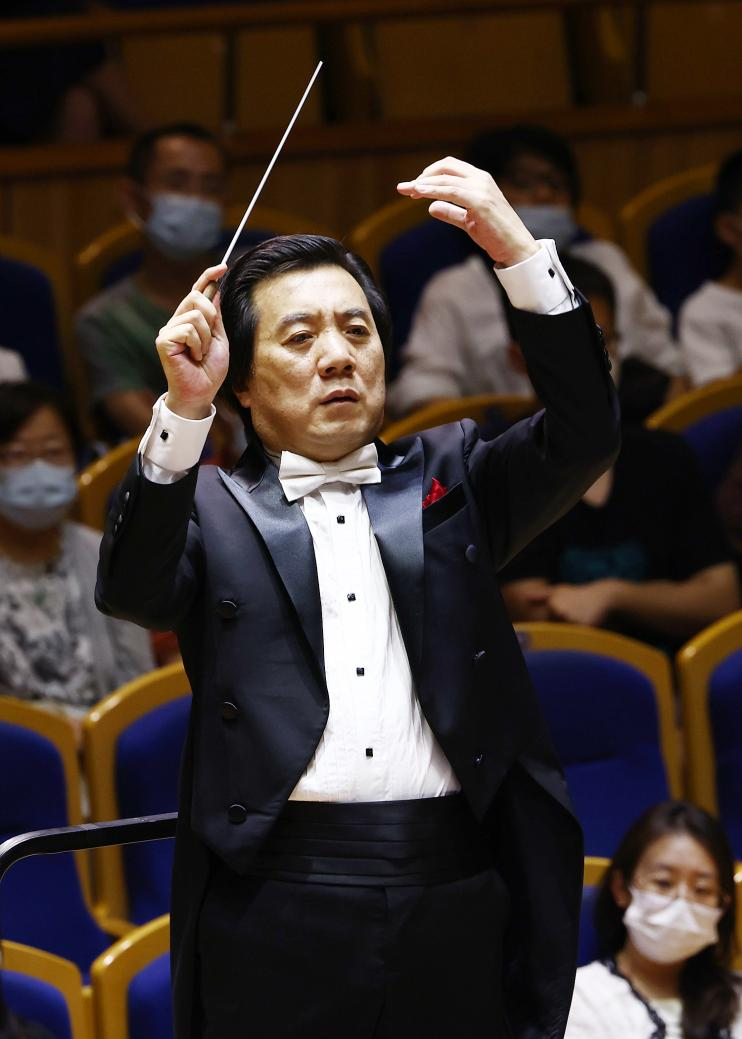
National Class 1 Conductor
Artistic Director of Philharmonia Symphony Orchestra
Permanent Conductor of the China Radio and Film Orchestra
He is the permanent conductor of the China Radio and Film Orchestra. After graduating from the Department of Composition and Conducting of the Shanghai Conservatory of Music, he was awarded a full scholarship to study at the University of Florida, where he studied with the famous Chinese conductor Professor Huang Xiaotong, conductor Esa-Pekka Salonen and the famous American conductor educator Mr Phillip Spurgeon.
In 2000, Fan To received the Special Jury Prize at the Sibelius International Conducting Competition and was awarded the Sibelius Family Foundation, the first time a national had won this competition. At the annual Finnish Summer Music Festival, Fan Toi once again demonstrated his conducting skills, and the concert was broadcast live on Finnish national television, making him a favourite of the music-loving Finnish people once again.
In 2003, Van Toe was invited to conduct a series of contemporary works by renowned American composers at the 11th Florida Contemporary Music Festival, some of which were world premieres, and his delicate and unique interpretations of contemporary works were highly appreciated by the composers in attendance. In 2006 he was invited by ASEAN International to conduct a symphonic concert by musicians from eleven ASEAN countries in front of the world monument Angkor Wat; the following year he was invited to the USA to be a finalist in the 13th Oberlin International Piano Competition; in 2011 he was a finalist in the Cleveland Kubo International Violin Competition; from 2014 to 2020 he was guest conductor of the National Symphony Orchestra of Ukraine. From 2014 to 2020 he will be the guest conductor of the National Symphony Orchestra of Ukraine.
As an active conductor in the international music scene, Fan To has travelled extensively throughout Asia, Europe, America and Oceania, and has worked happily with many orchestras at home and abroad, including the Central Opera House, the Central Ballet, the Shanghai Symphony Orchestra, the Shanghai Philharmonic Orchestra, the Shanghai Opera House, the Finnish National Radio Orchestra, the Finnish AVANTI Chamber Orchestra, the Helsinki Philharmonic Orchestra, the Frankfurt National National Philharmonic Orchestra of Colombia, Janáček Philharmonic Orchestra of the Czech Republic, Tablisi Symphony Orchestra, Danube Orchestra of Austria, Croatian National Radio Symphony Orchestra, Dubrovnik Symphony Orchestra, National Symphony Orchestra of Ukraine, Lviv State Philharmonic Orchestra, Buenos Aires Philharmonic Orchestra, Oberlin Symphony Orchestra of the USA, Southern Arizona Symphony Orchestra, Johns Hopkins Symphony Orchestra of the USA, Turkish National Symphony Orchestra, Shanghai Ballet, Shanghai Philharmonic Orchestra, Shanghai Opera, National Radio Orchestra of Finland, AVANTI Chamber Orchestra of Finland, Helsinki Philharmonic Orchestra, National Symphony Orchestra of Frankfurt, Germany He has also performed at the Golden Hall in Vienna, Sydney Opera House, Carnegie Hall in New York, Dolby Theatre in Hollywood, the Bolshoi Theatre in Cologne and the National Centre for the Performing Arts in China. His extensive conducting experience has given him an international perspective and outstanding technical skills.
During his career, he has also made a large number of CD recordings, including "The Gate of Music" with the China Philharmonic Orchestra, "Four Great Masterpieces", "Yellow River" and "Liang Zhu" with the China Radio and Folk Orchestra, and a series of classic recordings with the China Radio and Film Symphony Orchestra, etc. His demanding standards and delicate emotions have won him the 2007 Asia Top Ten Audiophile Recordings - Best Record of the Year Award. In 2008, he was awarded the Asia Top Ten Audiophile Albums - Best Conductor of the Year Award.
BEIJING UNION SYMPHONY ORCHESTRA (BUSO)
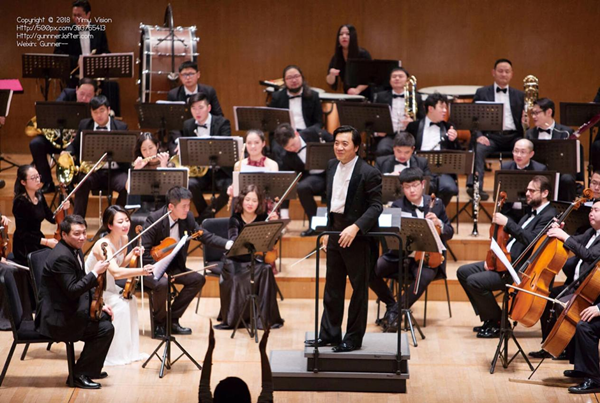
The Philharmonic Orchestra is an orchestra dedicated to creating an all-round, international and youthful orchestra, and is the first all-professional musician orchestra in Beijing to be established as a private enterprise. The orchestra is built by Beijing Philharmonic, aiming to combine tradition and new ideas, with a love for music, to popularise art to the public, to build cultural self-confidence, to cultivate outstanding high-quality performance talents in China and the world, and to present a rich and diverse musical content to the audience through an efficient way of working together with the artists.
The orchestra is composed of young performers from many famous music institutions in China and abroad, and has recruited outstanding musicians from all over the world. The orchestra is set to enter the international arena.
Notice
Time: 14 April 2023, 19:30
Venue: Beijing Concert Hall
Price: RMB 180, 280, 380, 480, 680

Follow our WeChat for event news, deals, gossip and more!
[Limited 17% OFF] Paganini - Concerto No.1 in D Major & Brahms symphony no.3 Concert

 Add us on WeChat to speak to our friendly customer service team! ID: Tickets247Tickets
Add us on WeChat to speak to our friendly customer service team! ID: Tickets247Tickets